Recently I received a repair request from a customer who said that the microphone started to make noise.
For this case, I managed to reduce the noise by doing a simple ground contact adjustment, so this time I’m going to show you how I did it.
Before I start to talk about the mic repair, let me briefly explain the difference between chassis ground and earth ground.
■ What is the chassis/frame ground?
“Chassis ground” or “frame ground” is the reference voltage in the circuit operation that includes mixers, effectors, amplifiers, and any device where circuits are used always include a ground.
The potential as the reference refers to 0V and exists for each unit.
■ What is an earth ground?
“Earth ground” is similar to chassis ground and they’re often confused, but earth ground literally refers to grounding that connects to the earth. Its main purpose is to prevent accidents from electric shocks. Please refer to this article for more details about the earth ground (not my article, but it’s very helpful).
■Grounding of Power Supply Equipment
Another type of grounding is called “signal ground”. Signal ground can be categorized into smaller types of grounding, so I will talk about it in my future post.
Going back to the microphone repair, the problem was due to the chassis ground not making contact. The chassis ground refers to the housing that covers the circuit.
The mic we received for repair was the SHURE SM58S, a dynamic microphone with an ON/OFF switch. The first pin of the XLR connector is for grounding, and the noise occurred because this part was separated.
The housing itself is supposed to be a shield if it’s properly grounded, but since it was not grounded, a terrible humming noise started buzzing out of it.
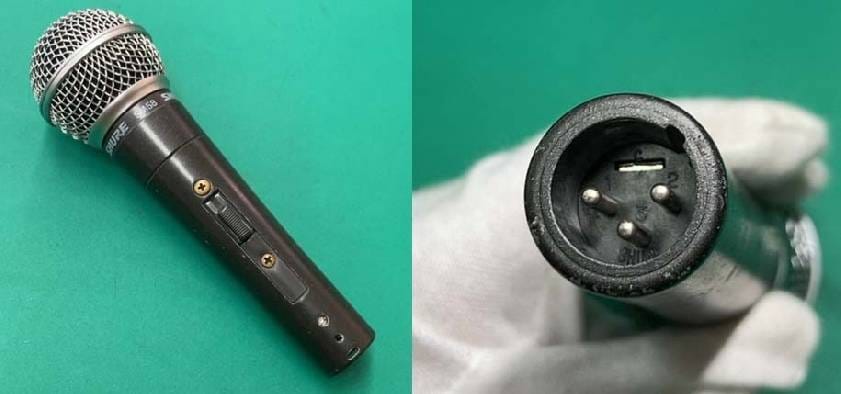
< SM58S microphone and XLR connector >
So why did the contact become separated?
It was because the XLR connector screw was loose.
I tightened the screw with a flathead screwdriver and checked it to see if it works. The noise is now gone.
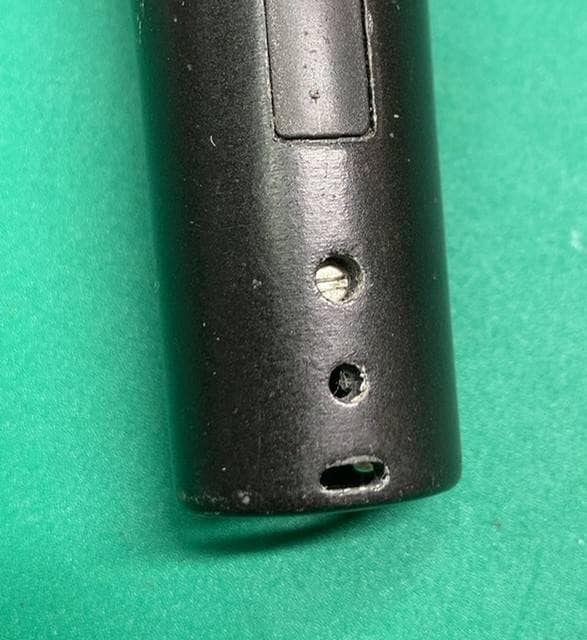
For any mic, just tightening the screws helps to reduce unwanted noise.
If the humming noise is still loud, first check that the screws are not loose.
This time, I picked this case to explain grounding, but the world of grounding is profound and the electric potential difference may also affect noise and sound quality.
Maybe some of you have experienced an electric shock when touching the microphone while holding your guitar. This happens due to a potential difference between the guitar and the microphone (it also may be caused by static electricity).
In this case, you can measure a fairly large voltage with a tester on the ground on the guitar and the microphone. You can change the angle of the power plug on the amp to adjust the electric potential difference and improve the situation. I will write more about the chassis ground and the earth ground in my coming up blog post.
I hope that you found this article helpful and I will be so happy if it helps you maintain your equipment to last for a long time.






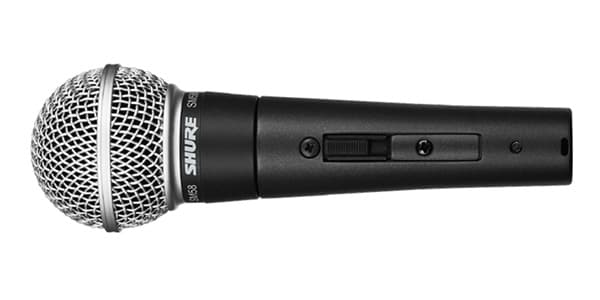
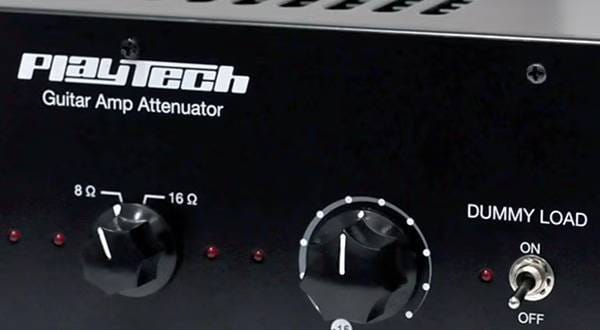


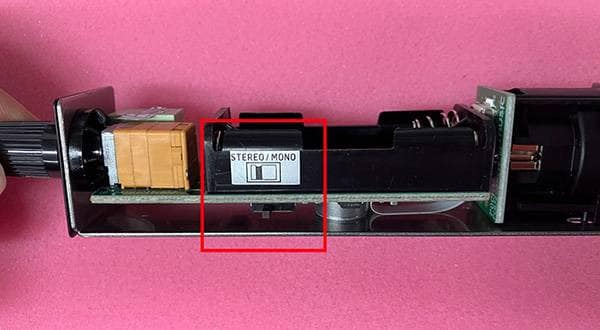



![[2025] Recommended Mics for Karaoke](/contents/uploads/thumbs/2/2019/12/20191227_2_8788_1.jpg)
![[ Audio tip] How to use the SHURE SM58 standard microphone efficiently.](/contents/uploads/thumbs/5/2019/10/20191002_5_7930_1.jpg)

![[2025] Top 5 Recommended Dynamic Microphone Ranking](/contents/uploads/thumbs/2/2018/11/20181105_2_4733_1.jpg)
 MXLマイク購入ガイド
MXLマイク購入ガイド
 RODEマイク比較レビュー
RODEマイク比較レビュー
 ドラム用マイク AUDIX Dシリーズ
ドラム用マイク AUDIX Dシリーズ
 AKG マイク特集
AKG マイク特集
 K&M マイクスタンド比較表
K&M マイクスタンド比較表
 ワンランク上のボーカルマイク選び
ワンランク上のボーカルマイク選び















